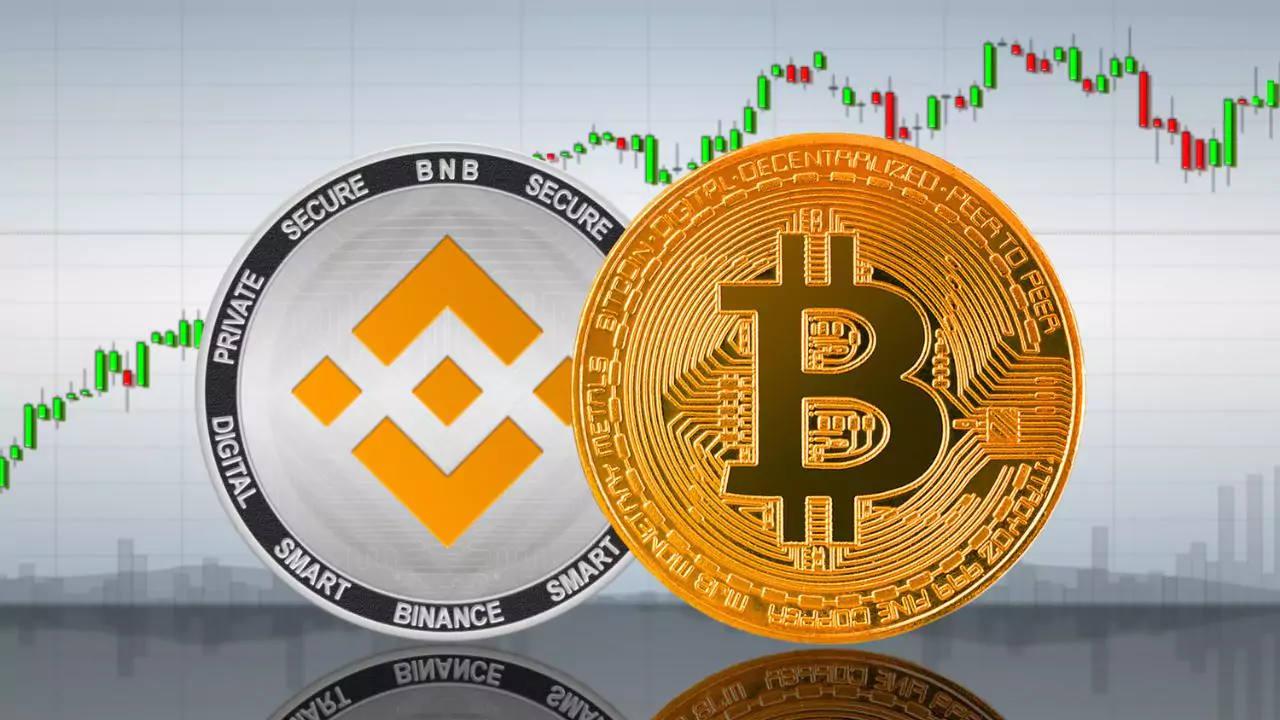Stablecoins, a vital element of the cryptocurrency landscape, have tackled the persistent volatility challenge that cryptocurrencies like Bitcoin face. This article delves into the intricacies of stablecoins, spotlighting two prominent players, Tether (USDT) and USD Coin (USDC). We’ll meticulously assess their stability, adoption, and regulatory oversight, while drawing comparisons to Bitcoin’s unique position in the crypto realm. Interestingly, investors are resorting to tools like https://the-news-spy.net/ for premium investment education. Register now and learn from experts.
Understanding Stablecoins
Stablecoins are a special category of cryptocurrencies designed to maintain a stable value, typically by pegging them to a reserve of assets. They offer the best of both worlds – the efficiency of blockchain technology and the price stability of traditional fiat currencies. There are three main types of stablecoins:
- Fiat-Backed Stablecoins: These are backed by a reserve of real-world assets like the US dollar. Tether (USDT) and USD Coin (USDC) fall into this category.
- Crypto-Backed Stablecoins: These are collateralized by other cryptocurrencies, often over-collateralized to ensure stability. Examples include DAI and sUSD.
- Algorithmic Stablecoins: These use complex algorithms to maintain stability without direct collateral. Terra (LUNA) is a notable example.
Bitcoin: The Original Cryptocurrency
Bitcoin, introduced by the enigmatic figure Satoshi Nakamoto, marked the inception of cryptocurrencies and earned a reputation as a digital store of value, often likened to “digital gold.” Its pioneering status notwithstanding, Bitcoin’s enduring volatility has hindered its utility as an everyday medium of exchange, deterring its broader adoption for routine transactions.
Tether (USDT): The Controversial Leader
Tether (USDT) is the cryptocurrency ecosystem’s predominant fiat-backed stablecoin, aiming to maintain a 1:1 value ratio with the US dollar. While Tether enjoys widespread adoption, it has been marred by persistent controversies, primarily centered around its assertions of possessing full reserves to support its circulating supply. These doubts regarding Tether’s reserve adequacy have instigated legal and regulatory confrontations, casting a shadow of uncertainty over its operations.
USD Coin (USDC): The Regulated Alternative
USD Coin (USDC), a fiat-backed stablecoin, sets itself apart through its strong emphasis on regulatory adherence and transparency. Each USDC token is backed by a matching reserve of US dollars, with ongoing audits ensuring a high degree of openness and trustworthiness. This commitment to regulatory compliance and transparency has led to USDC’s growing popularity within the decentralized finance (DeFi) ecosystem, where participants value the stability and regulatory oversight it offers.
Use Cases and Adoption of Stablecoins
Stablecoins serve various purposes within the cryptocurrency ecosystem:
- Trading: Traders use stablecoins as a safe haven during periods of crypto market volatility, allowing them to exit positions without converting to fiat.
- Remittances: Stablecoins offer a cost-effective and efficient way to send cross-border remittances, circumventing the high fees associated with traditional financial institutions.
- DeFi: Stablecoins are the backbone of many decentralized finance applications, enabling lending, borrowing, and yield farming with minimal exposure to crypto price swings.
Adoption of stablecoins, particularly Tether and USDC, has skyrocketed in recent years, becoming integral to the functioning of the crypto market.
Risks and Future Outlook
Despite their advantages, stablecoins are not without risks:
- Regulatory Risks: Regulatory authorities worldwide are scrutinizing stablecoins, leading to potential regulatory changes that could impact their operations.
- Counterparty Risks: Trust in stablecoins relies on the issuers’ ability to maintain adequate reserves, and any failure in this regard could have significant consequences.
- Technology Risks: Smart contract vulnerabilities or blockchain failures can also pose risks to stablecoins.
The future of stablecoins is closely tied to the development of central bank digital currencies (CBDCs), which could offer a government-backed alternative to privately issued stablecoins. As the landscape evolves, stablecoins will likely continue to play a significant role in the financial industry.
Conclusion
In summary, stablecoins such as Tether (USDT) and USD Coin (USDC) have brought a revolutionary element to the cryptocurrency landscape by addressing the crucial issue of price stability. While Bitcoin stands as the original cryptocurrency trailblazer, its susceptibility to price volatility restricts its practicality for everyday transactions. In contrast, Tether and USDC offer a stable value proposition, each with its distinct approach and associated controversies. As the cryptocurrency ecosystem continues to develop and regulatory oversight heightens, stablecoins are poised to assume an ever-more vital role, influencing the trajectory of digital finance in the years ahead.



